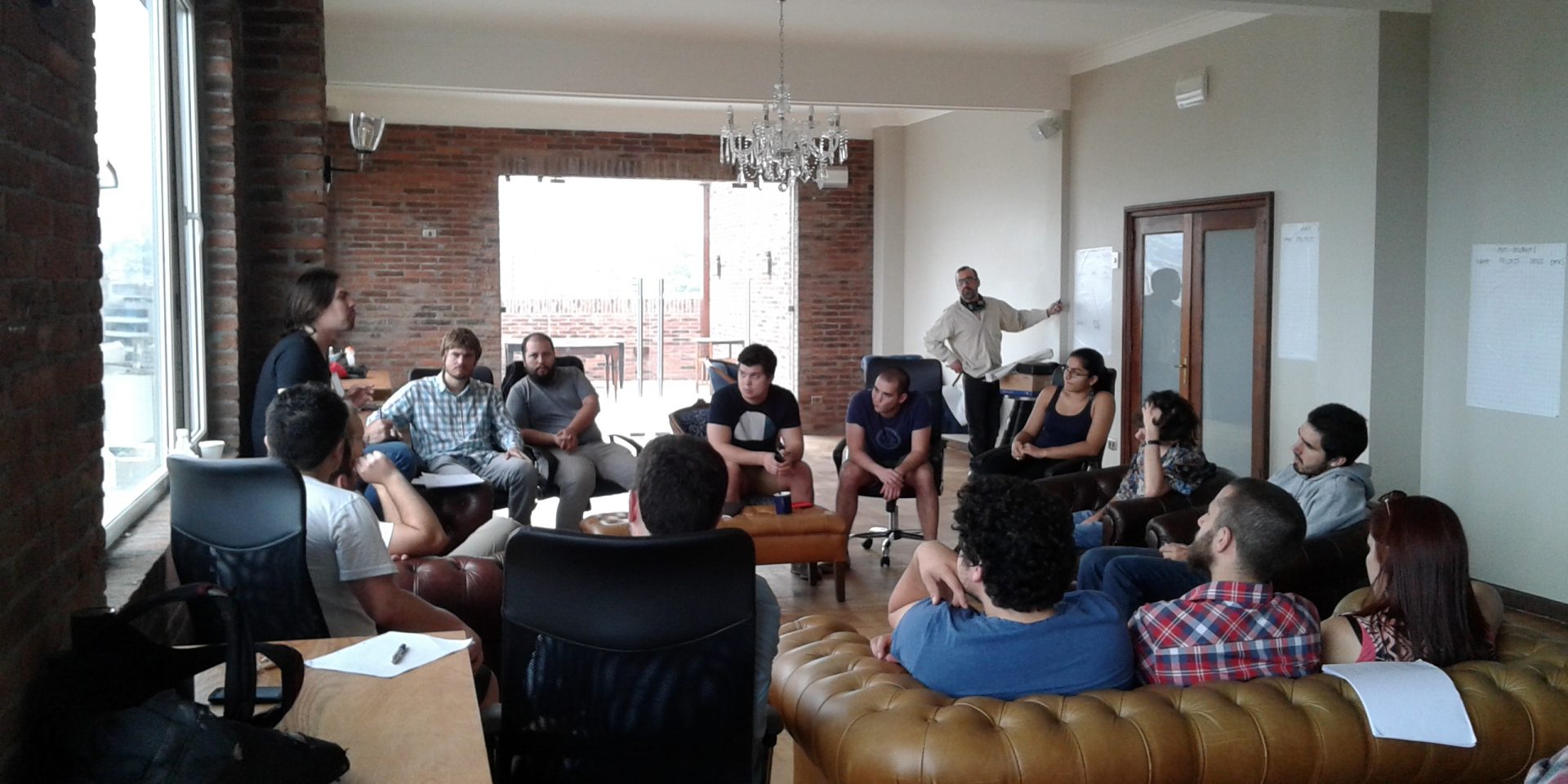
The work of Chilean poet Pablo Neruda is not only a source of inspiration for hundreds of young writers. It was also for the PhD. Cristian Candia-Castro Vallejos, the first graduate of the Doctorate in Social Complexity Sciences, from the Research Center for Social Complexity (CICS, as its Spanish acronym), of the Faculty of Government, Universidad del Desarrollo. For him and the other authors (C.Jara-Figueroa, Carlos Rodríguez-Sickert, Albert-László Barabási and César A. Hidalgo), the phrase “love is so short and forgetting is so long” from the famous Neruda’s Poem 20 eloquently expresses a well-known fact on an individual level. When we fall in love, our thoughts are with that special person, but when love is over, those thoughts also vanish. This fact helped the authors to ask the question: “Do societies also experience the two phases of memory described by Neruda?”.
In their article “The universal decay of collective memory and attention“, published in the prestigious Nature Human Behavior journal, the researchers from the Universidad del Desarrollo, Massachusetts Institute of Technology and Northeastern University, use data from citations of academic publications and patents, and data from online attention that songs, films and biographies receives, in order to characterize the temporary decay associated with these cultural products. The researchers found that the temporary decay of collective attention is universal in these cultural domains and follows a biexponential form. Finally, the authors explain this universal pattern by means of a mathematical model based on the two channels proposes by the theoretical literature, which are those that sustain the collective memory: the communicative memory – related to the acts of oral communication – and the cultural memory – related to acts of physical recording of information.
In this line, Alin Coman, expert in psychology and collective memory and director of the Socio-Cognitives Processes laboratory at Princeton University, tells us that the most important contribution of the paper by Candia and his colleagues is “having taken a big data approach to exploring the dynamics of collective attention and, by extension, to understanding the formation of collective memories”. He adds that, although previous studies indicate that one cannot know previously whether a particular cultural product would be successful or not on the market, “this paper indicates that once it’s out there in the world, we know how the public attention will decay over time: in a biexponential fashion”. Finally, the expert points out that the present investigation has significant practical implications on the understanding and identification of the factors that may change the inflexion point of the biexponential function. “For instance, Hurricane Sandy had horrible consequences for New Yorkers in 2012, with major flooding and electricity loss in parts of Manhattan for weeks. The communicative processes following the hurricane could only be sustained for a limited period of time, a period in which individuals in the New York region probably adjusted their beliefs about climate change. Once these communicative processes are attenuated and no artefacts serve as reminders, the collective attention – and memory – of the severity of the hurricane decays, and with it, the belief that climate change is endangering life on the planet. Understanding how one could delay the inflexion point of the bi-exponential function could offer policy makers much needed time to lock in commitment devices at the population level”, Coman concludes.
Thus, this research shows that the average collective attention received by cultural products decays following a universal biexponential function.
The Journal
Nature Human Behaviour publishes research of outstanding significance into any aspect of human behaviour: its psychological, biological, and social bases, as well as its origins, development, and disorders. The journal aims to enhance the visibility of research into human behaviour, strengthening its societal reach and impact (Source: Nature Human Behavior journal, 2018)./p>
The Paper
The Universal decay of collective memory and attention.
Cristian Candia1,2,3*, C.Jara-Figueroa1, Carlos Rodríguez-Sickert3, Albert-László Barabási2 and César A. Hidalgo1*
1Collective Learning Group, The MIT Media Lab, Massachusetts Institute of Technology, Cambridge, MA, USA
2Network Science Institute, Northeastern University, Boston, MA, USA.
3Centro de Investigación en Complejidad Social (CICS), Facultad de Gobierno, Universidad del Desarrollo, Santiago, Chile.
*e-mail: [email protected]; [email protected]
DOI: 10.1038/s41562-018-0474-5
Find the article here
